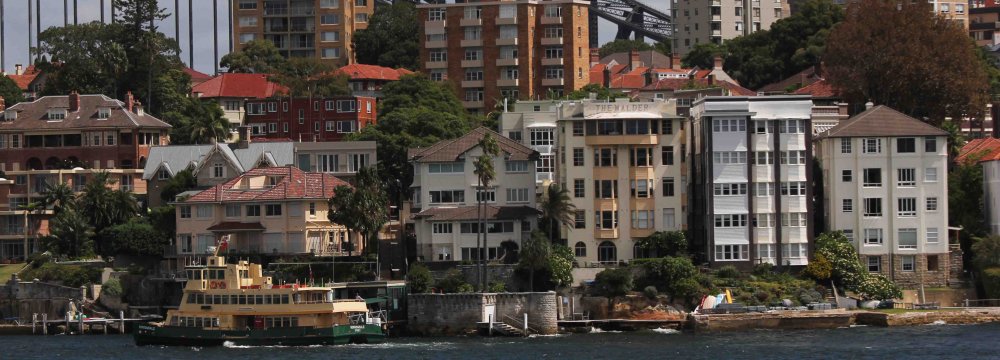The Reserve Bank of Australia frequently seeks feedback on the health of the economy. It might want to call the debt counselors soon.
Homeowners, consumers and property investors around Australia are making more calls to financial helplines as three warning signs back up the spike in demand: mortgage arrears are creeping up, lenders’ bad debt provisions have increased and personal insolvencies are near an all-time high, Bloomberg reported.
“It’s steadily out of control—I don’t know of too many financial counseling services where demand doesn’t exceed supply,” said Fiona Guthrie, chief executive officer of Financial Counseling Australia, who says the biggest increase in calls is from people suffering mortgage stress. “There are more people who have got mortgages that they can’t afford to pay.”
Australia’s households are among the world’s most indebted after bingeing on more than A$1 trillion ($766 billion) of mortgages amid a housing boom that’s fizzled out in parts of the country, but still roaring in Sydney and Melbourne. While most are capably servicing their debts, a worsening of credit metrics has seen executives and analysts take a more cautious tone. It’s also a key factor in the central bank’s rate decisions this year, as Governor Philip Lowe places financial stability at the forefront of monetary policy.
Deep in Debt
The concerns are understandable. Australians’ private debt has soared to 187% of their income, from around 70% in the early 1990s, encouraged by low interest rates. In a November speech, Lowe said that while most households are managing these levels of debt, many feel they are closer to their borrowing capacity than they once were.
The governor noted Australia’s divergent housing market on Tuesday when the RBA left the benchmark cash rate at a record-low 1.5% in its first decision of the year, saying conditions “vary considerably” around the country as prices in some markets continue to rise “briskly”.
“There’s so much household debt that a couple of rate hikes here would completely knock the wind out of the housing market, and a lot of people would be impacted by it,” said Gareth Aird, economist at Commonwealth Bank of Australia, the nation’s largest lender. That’s partly why he doesn’t think the RBA will lift rates until 2018 at the earliest.
Australia’s labor market is far from solid, with the RBA citing it as one of the economy’s biggest uncertainties. The jobless rate rose for the second straight month in December to 5.8%, while underemployment—the number of workers wanting more hours—is near an all-time high. At the same time, wages growth is the lowest on record.
Lenders are watching these indicators as closely as the RBA. After a seven year bull-run, annual cash earnings at Australia’s big four banks fell last year for the first time since the financial crisis, said PricewaterhouseCoopers. At the same time, their bad debt expenses—which encompass both business and consumer lending—jumped 39% to A$5.1 billion, the highest since 2012.
But the hardest indicator to track may be the borrowers who are worried about making their next repayment. Counselors at the National Debt Helpline deal with such problems and are now even getting calls from property investors, said Guthrie. In the last quarter of 2016, phone calls to the service jumped 12% on the previous year to an average 11,079 per month, she said. That’s double the rate of increase of the same period a year earlier.
It’s not time to panic. Banks’ losses still remain small by historical standards and are largely confined to mining areas, according to PwC. Some 77% of customers at Commonwealth Bank were ahead on their mortgage payments as at June; the lender is likely to update those figures next week. The RBA also noted in November that borrowers have set aside funds tied to their mortgages equivalent to 17% of outstanding balances.






Add new comment
Read our comment policy before posting your viewpoints